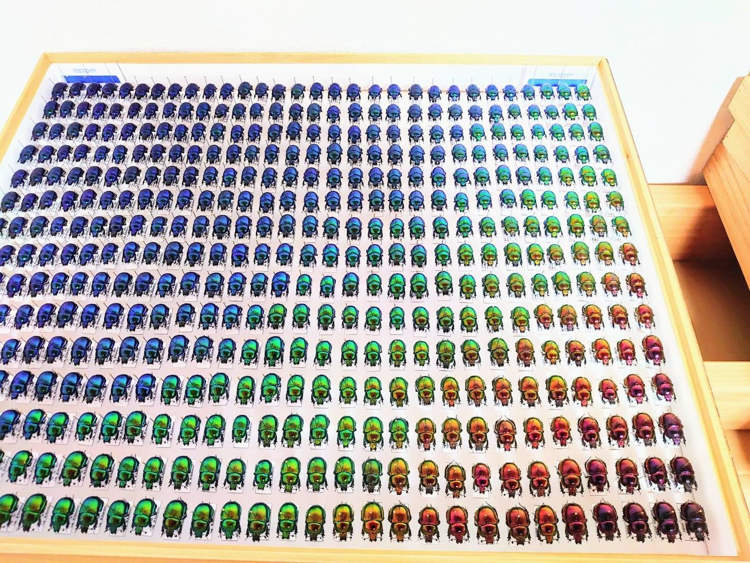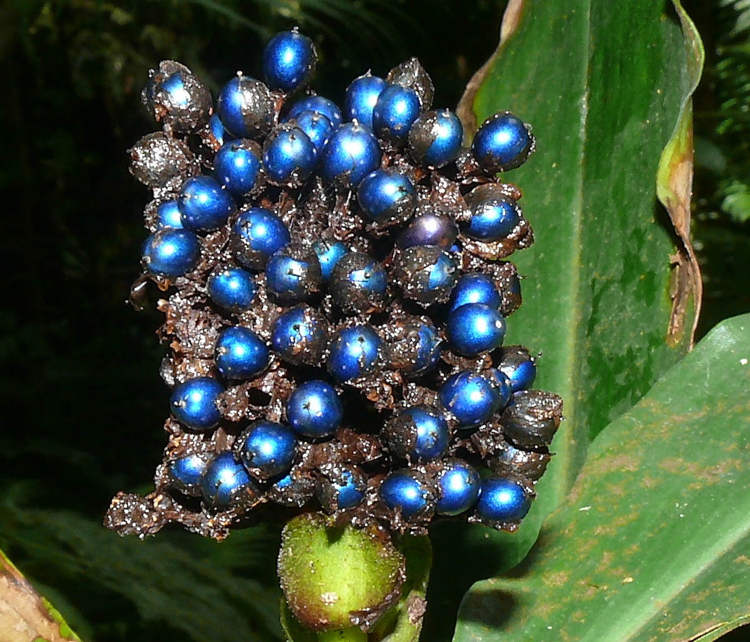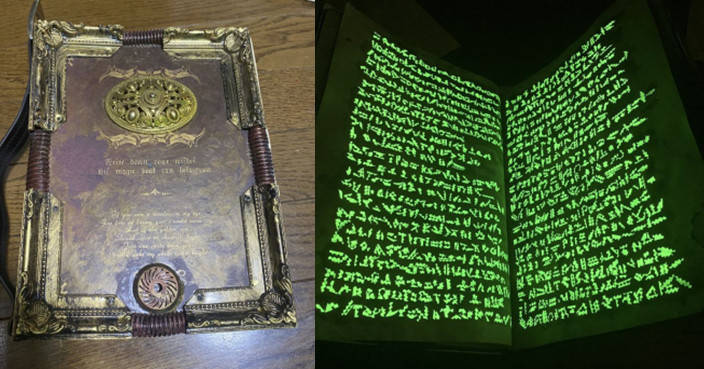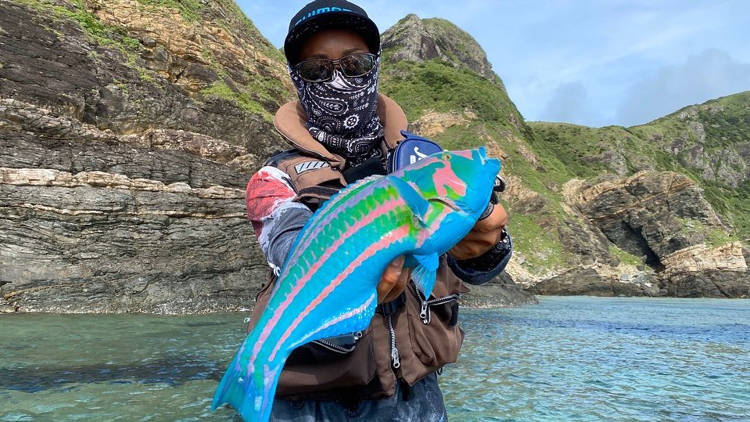Award winning ornithologist George Archibald is a living legend among his peers. This man actually courted a female whooping crane for three years, until she laid eggs. He managed to form an unlikely bond with the bird, and is believed to have played a big role in saving the entire species from extinction.
The story goes back to the spring of 1976, when Tex the crane was the only female of her species at the San Antonio Zoo. She was also one of about 100 surviving whooping cranes in the world. Researchers at the International Crane Foundation – co-founded by George in 1973 – had realised that Tex’s genes could contribute to increasing the population of cranes, if she would breed in captivity. There was only one problem: Tex thought she was human!
Whoopers generally mate for life, but only if they find the right mate. When one whooper wants to bond with another, it struts around in a march, stomps its feet, growls, ruffles its feathers, and shows off its beautiful plumage. If the other crane is interested, it will mimic the first crane’s actions. The cranes are famous for their dancing during mating season.
But Tex, having spent her entire life in captivity, developed a common behavior among birds known as ‘imprinting’. She was so used to humans that she simply couldn’t mate with a male crane. That’s when George had a brilliant idea – he decided to step in and do the job himself. If his plan worked, Tex would ‘fall’ for him, form a pair bond, and eventually lay eggs that could be artificially inseminated.
“When she arrived, I put my bed in her house and slept there for a month,” George said told the New Yorker, in a 1982 interview. “I talked to her all the time. As the spring advanced, I began to dance, and she responded. Dancing is how whooping cranes initiate mating.”
Tex did respond to George’s mating procedure – they built a nest together out of corncobs and hay, and she finally laid her first egg, at age 10. Unfortunately, they had used poor quality semen to inseminate it, and the egg was infertile.
George wouldn’t give up, though. He tried the same routine the next year, and this time the egg was fertile. “I was so excited! I felt like a father,” he said. “I could hear the chick peeping in the shell, and then it died just before hatching. What a blow!” He made another attempt in 1979, but the egg shell was too soft.
A Japanese ornithologist took took George’s place in 1980, but Tex didn’t like him. The following year, ICF’s head aviculturist Michael Putnam danced with her for seven days, but she shied away from him too. “She won’t settle for anyone but me,” George had said, fondly.
Shortly after the interview, George picked up some frozen whooping crane semen from Washington D.C., and headed back to the ICF headquarters in Wisconsin for one last try. Once again, he moved into her enclosure, flapping his arms, jumping, and doing deep knee bends in order to impress her. His efforts paid off this time – the egg was fertile.
To avoid mishaps, the egg was removed from Tex’s nest and replaced with a fake Sandhill egg. Experts tended to the real egg with extreme care, and on June 3, 1982, it finally hatched. Tex’s chick had finally arrived, and he was named ‘Gee Whiz’.
George and his crane family instantly became a national sensation. He was invited to be a guest on Johnny Carson’s The Tonight Show. Sadly, just before the show, George received devastating news – Tex had been killed by a pack of raccoons that had broken into the bird enclosures. When he shared the tragic news on the Carson show, everyone in the studio gasped.
Following the show, public interest in the plight of the whoopers piqued. The captive breeding program continued, and eventually led to a significant improvement in the population of whooping cranes. Inspired by the success, the ICF expanded its work to other parts of the world. George is now involved in crane conservation in North Korea, Africa, North America. He has visited remote areas – parts of Afghanistan, Cuba, India, Russia – to conserve watersheds and grasslands where cranes live.
In 2012, George celebrated Gee Whiz’s 30th birthday. Of the many offspring that Gee Whiz has fathered, one female became the first of her lineage to breed in the wild. “I call her my great grandchick,” George joked. “She winters a lot with my granddaughter on Goose Lake, in Indiana. I think about them a lot.”
George, a native of Nova Scotia, Canada, was added to the UN’s Global 500 Roll of Honor in 1987. He was the inaugural winner of the 2006 Indianapolis Prize, and was made a Member of the Order of Canada in 2013. He was also awarded the $100,000 Lufkin Prize that same year.















